Two Indians and two persons of Indian origin figure among Top 35 Innovators under 35 in the latest list of Massachusetts Institute of Technology's Technology Review, the world's oldest technology magazine.
Let us have a look at the four innovators.
...
4 Indians among MIT's top innovators
Image: Ajit Narayanan's device can help people with speech impediments.Ajit Narayanan
Invention Labs
It is estimated that around 10 million people in India suffer from speech impediments.
Narayanan's device can benefit such people.
His innovation, AVAZ, is a portable and battery operated communication device for people with speaking disorders who suffer from cerebral palsy, autism, mental retardation and aphasia.
This device converts the limited muscle movements like head and finger movements into speech.
This technological innovation comes under the category of Augmentative and Alternative Communication technologies.
Narayanan wants to bring out an affordable device that cuts the cost of the device to one tenth of the original price.
He wants to make it widely available in different languages in India.
4 Indians among MIT's top innovators
Image: Her solution combines digital technology with paper notebooks.Aishwarya Ratan
Yale University
In 2009, while working with Microsoft Research India, Ratan spent 15 months figuring out how to help local microcredit co-ops, which often struggle with handwritten entries that are illegible, incorrect, or incomplete.
Her solution combines digital technology with the familiar paper notebooks that villagers prefer.
Co-op members use an electronic ballpoint pen to write in ledgers placed on a slate equipped with software that recognizes handwritten numbers.
The slate provides feedback on whether the records are complete and legible, stores them in a database, and gives real-time balance updates, both on a screen and verbally in the local language.
The database can be shared with the non-governmental organizations and banks that back each co-op.
...
4 Indians among MIT's top innovators
Image: His innovation lets cars in motion swap information about traffic flow.University of Southern California
By creating smarter wireless networks that can handle mobile devices and interference more efficiently than today's Wi-Fi and cellular networks, Krishnamachari aims to ease the increasing digital congestion of the airwaves and open the door to new applications for wireless communications.
For example, Krishnamachari is working with General Motors on a vehicle-to-vehicle network that lets cars in motion swap information about traffic flow and road conditions.
His design can reliably route data within a shifting network of cars and other vehicles across freeways and city streets without having to tax the congested cellular network.
...
4 Indians among MIT's top innovators
Image: She has developed an interactive software to educate children about HIV.TeachAids
Despite considerable educational efforts by experts and organizations alike, public awareness in India about the growing HIV epidemic has remained low.
So Piya Sorcar, founder and CEO of TeachAIDS, has developed interactive software to educate children about HIV in a way that's sensitive to the country's cultural mores.
When Sorcar travelled to India in 2005, she found that even children and young adults who received training on HIV didn't learn much: cultural taboos prevented educators from speaking frankly about how the virus is transmitted.
As she designed her software, she took pains to ensure that it didn't run afoul of those taboos.
She analyzed cultural responses to every image used.
She recorded narration with correct local accents, created gender-specific versions of each program, enlisted local celebrities for voice acting, and tested to see how much information children retained, even long after the lessons were over.

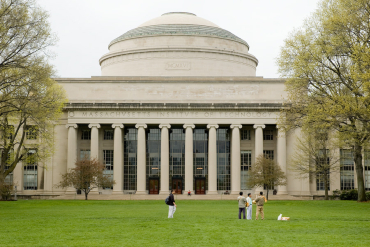
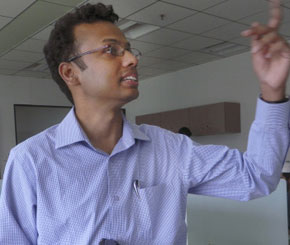
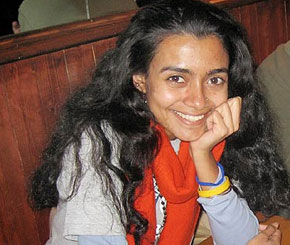
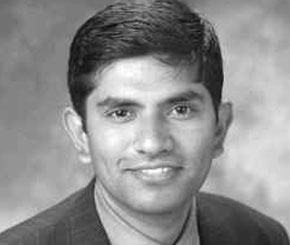
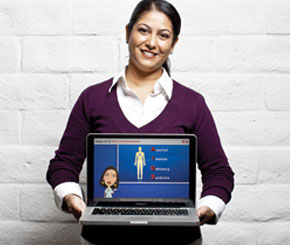
article